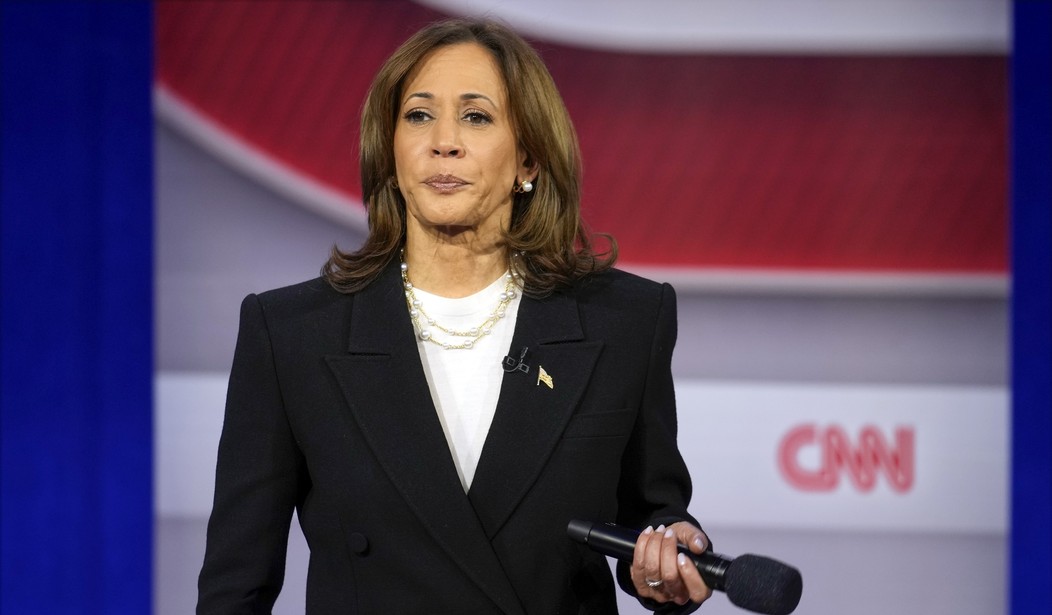November is now. With just days remaining before the 2024 presidential election, a lot of polling is swirling around, as are reports and analyses about what early voting trends might mean. I have no idea what to make of the polling. If it broadly underestimates Donald Trump's support for the third consecutive election in which his name is on the ballot, he is the odds-on favorite to win, and possibly rather comfortably. If the polling has been straightened out, and it's generally accurate, we will be in for a nail-biter that will boil down to turnout and ballot operations, the latter of which is believed to favor Democrats. If the polling has over-corrected, and is over-estimating Trump's support this time, Kamala Harris will likely be elected. As for the early voting, RealClearPolitics' data guru Sean Trende routinely warns about over-interpreting those numbers, as faulty extrapolations based on totally opaque and incomplete numbers can drive very bad conclusions. And as I've written about before, it seems to me that using the black swan COVID election of 2020 as a baseline for voting patterns this time could be a recipe for deeply flawed analysis.
Trende's one exception, however, is Nevada, which has a long history of early and mail-in balloting. The state's top elections analyst is Jon Ralston, a Democrat who wants his party to win, but doesn't seem to engage in wish-casting. He is data-driven. And what he keeps seeing is gangbusters turnout in rural areas eating away at Democrats' typical firewall in Clark County. Republicans have opened up and maintained a significant lead in the EV/AB totals, which seems to have the GOP quite hopeful, and the Democrats alarmed. Here was the substance and tone of his update for yesterday, for example:
Meanwhile, I've seen some arguments that Georgia's early turnout is concerning for Democrats, net-net. Same in Wisconsin. Same in Arizona (which Fox News has shifted to tilt red in their forecast). Possibly same in Philadelphia. North Carolina, as we covered earlier this week, also appears to be fairly promising, with newer data fortifying that belief among Tar Heel State Republicans. I remain cautious and unsure about what to feel confident about, however, given all the unknowns referenced above. Gallup now shows a ten-point Democratic enthusiasm advantage, which would be important for them, although it doesn't seem to be clearly showing up in the murky early data. Also, some Trump allies are sounding the alarm about how far male voters are lagging behind their female counterparts in crucial Pennsylvania. There are potential red flags flapping for Republicans. On the other hand, there's this preliminary analysis from the New York Times' Nate Cohn, who squints and sees a whiter, more Republican electorate -- so far, at least:
Recommended
And then there's this, also via the Times:
According to their findings across six battlegrounds, Harris has a modest lead among the locked-in-stone highest propensity voters. Those who've participated in the primary elections in both the midterms and this year favor Harris by three points. Those who voted in the midterm general elections split evenly between Trump and Harris. Those who voted in the last presidential election, but haven't voted since, favor Trump by a dozen points. And those who've never voted before lean Trump by nearly 20 points. If that spread is even in the ballpark of accuracy, Trump would likely be favored heading into Tuesday, unless Republicans are totally inept at turning out low-ish to very low-propensity voters. But if a critical mass of those irregular and first-time Trump voters participate, that would be a serious problem for the Harris campaign, and likely for some down-ballot Democrats, too. Of course, we won't know what's actually real until the actual votes are counted. In the meantime, it's turnout, turnout, turnout.
In some cases, it's really hard to get a read on what's accurate. For instance, the final CNN poll gives Harris a one-point edge in North Carolina, where Republicans are supposedly feeling good about how the early voting looks. That's a conflict that will only be resolved by real results. I'll leave you with this -- I'm quite skeptical, for the record -- but here you go:

























Join the conversation as a VIP Member